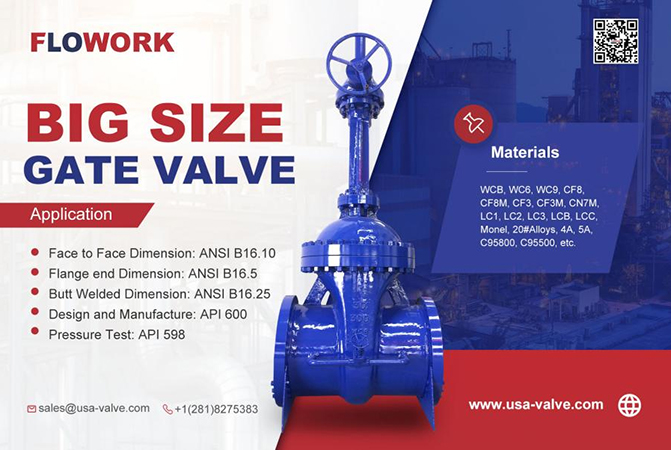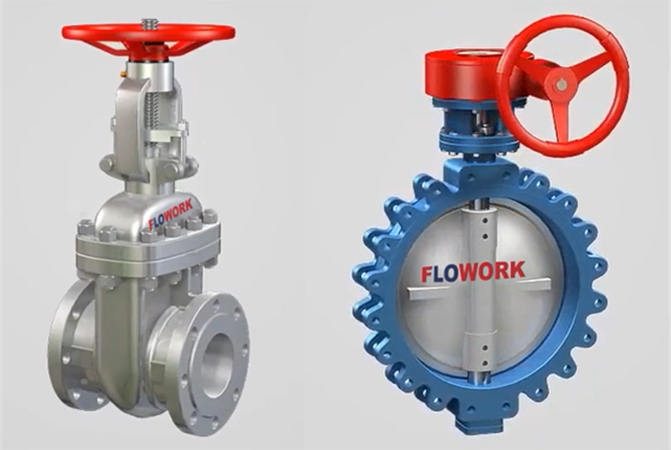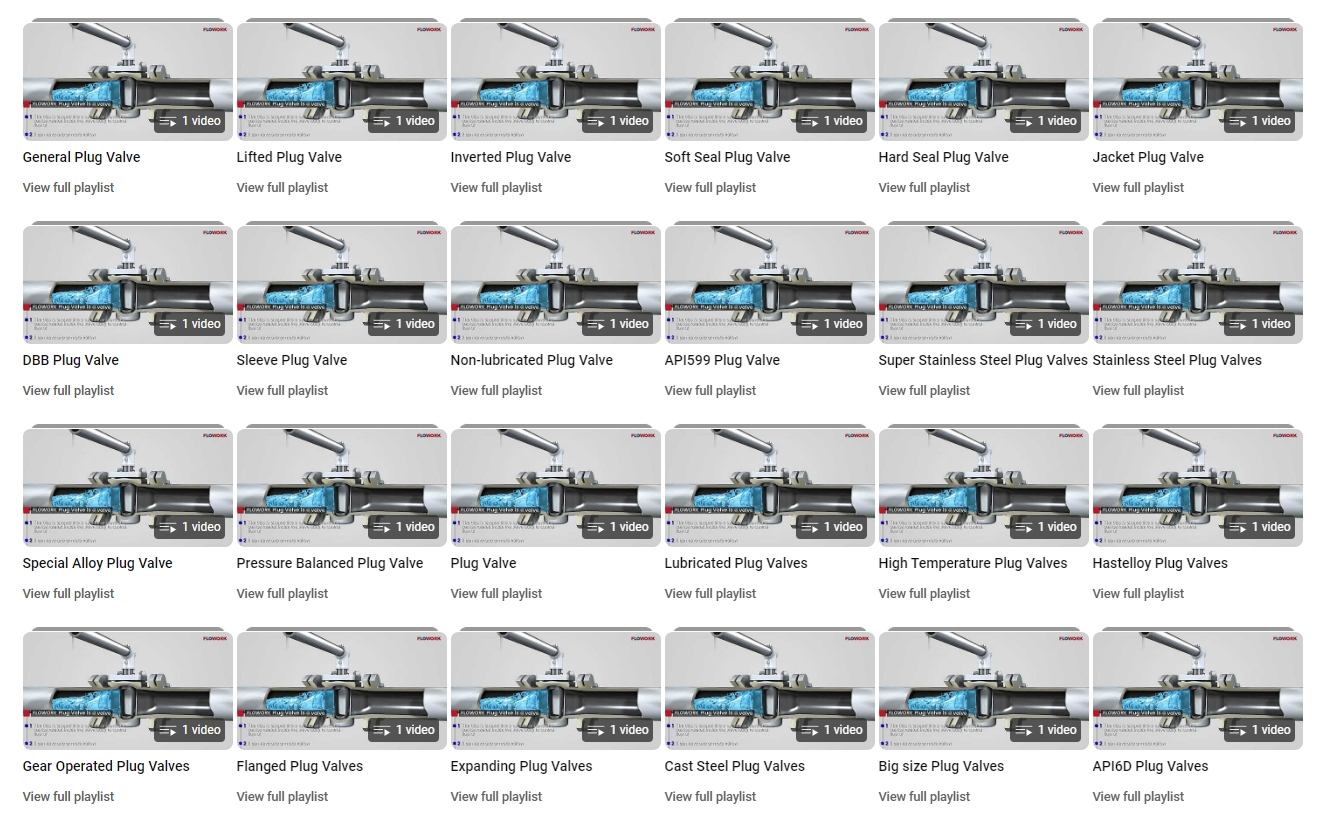What does DIN mean in valve?
Reveal the true meaning of DIN in the field of valves. Today I want to discuss a specific topic with you: the true meaning of DIN in the field of valves. Through a professional perspective and rigorous attitude, I will lead you to appreciate the mystery of DIN standards and inspire everyone's desire to explore the field of valves. In this process, I will focus on key points, increase reading experience, and improve language quality.
1. Basic concepts of DIN
DIN, the full name is Deutsches Institut für Normung, which is the abbreviation of the German Institute of Standardization. As one of the most influential standardization organizations in the world, DIN is responsible for formulating and publishing German national standards and providing standardized guidance for all walks of life. In the field of valves, DIN standards cover the design, manufacturing, testing and certification of valves, and are of great significance to ensuring valve quality, safety and interchangeability, butterfly valve factory.

2. The role of DIN in the field of valves
Valve design and manufacturing: DIN standards provide detailed guidelines and technical requirements for the design and manufacturing of valves. From material selection, structural design, manufacturing process to performance testing, DIN standards have made clear provisions to ensure that the quality and performance of the valve meet the expected requirements.
Valve testing and certification: DIN standards also provide unified specifications for valve testing and certification. By following DIN standards for testing and certification, we can ensure that the valves comply with relevant German and European regulations and safety standards, thereby successfully entering the market and gaining the trust of users.
Valve interchangeability and versatility: Valves that follow DIN standards have good interchangeability and versatility. This means that valves produced by different manufacturers that comply with the same DIN standard can be seamlessly replaced in the same system, providing users with greater choice and convenience, wholesale plug valve.
Valve technology innovation and development: As the world's leading standardization organization, DIN has been committed to promoting technological innovation and development. Through close cooperation with industry experts and research institutions, DIN continues to revise and improve standards in the valve field to adapt to market needs and technological developments.

3. Application examples of DIN standards in the field of valves
Oil and natural gas: In the oil and natural gas industry, valves that comply with DIN standards are widely used in key occasions such as emergency shutoff of main lines and oil and gas transmission pipelines. These valves have undergone strict design and manufacturing processes to ensure reliable operation under high temperatures, high pressures and corrosive media, providing a strong guarantee for safe production in the oil and gas industry, ball valve factory.
Chemical industry: In chemical production, valves that comply with DIN standards are used to switch on and off various fluid pipelines and control process links such as reactors, separation equipment, and heat exchangers. These valves are designed and manufactured in accordance with strict technical requirements to ensure their stability and durability under various extreme working conditions, providing a key guarantee for the smooth progress of chemical production.
Electric power: In the electric power industry, valves that comply with DIN standards are mainly used in key links such as boiler water level control, steam temperature regulation, and feed water flow control. These valves are carefully designed and manufactured to ensure reliable operation in high temperature, high pressure and corrosive environments, providing important support for the stable operation of the power system.
Water treatment: In the field of water treatment, valves that comply with DIN standards are widely used to switch water inlets and outlets and control process links such as filtration, disinfection, and dosing. These valves are designed and manufactured in accordance with strict technical requirements to ensure their sealing performance and corrosion resistance during the water treatment process, making an important contribution to ensuring water quality and safety.
All Of Our Videos By The Link Address: https://www.youtube.com/@floworkinc.5796/playlists
4. Future Development Trends and Challenges
With the advancement of science and technology and the deepening of application, the valve industry is also continuing to develop and innovate. On the one hand, the cross-integration of materials science, mechanical design, electronic technology and other disciplines has brought more possibilities to the design and manufacturing of valves; on the other hand, increasingly stringent environmental regulations and safety standards have also affected the performance and quality of valves. Put forward higher requirements. In this context, valves that comply with DIN standards need to continuously adapt to new application scenarios and demand changes for optimization and innovation to meet the needs of the market and users, wholesale gate valve.








